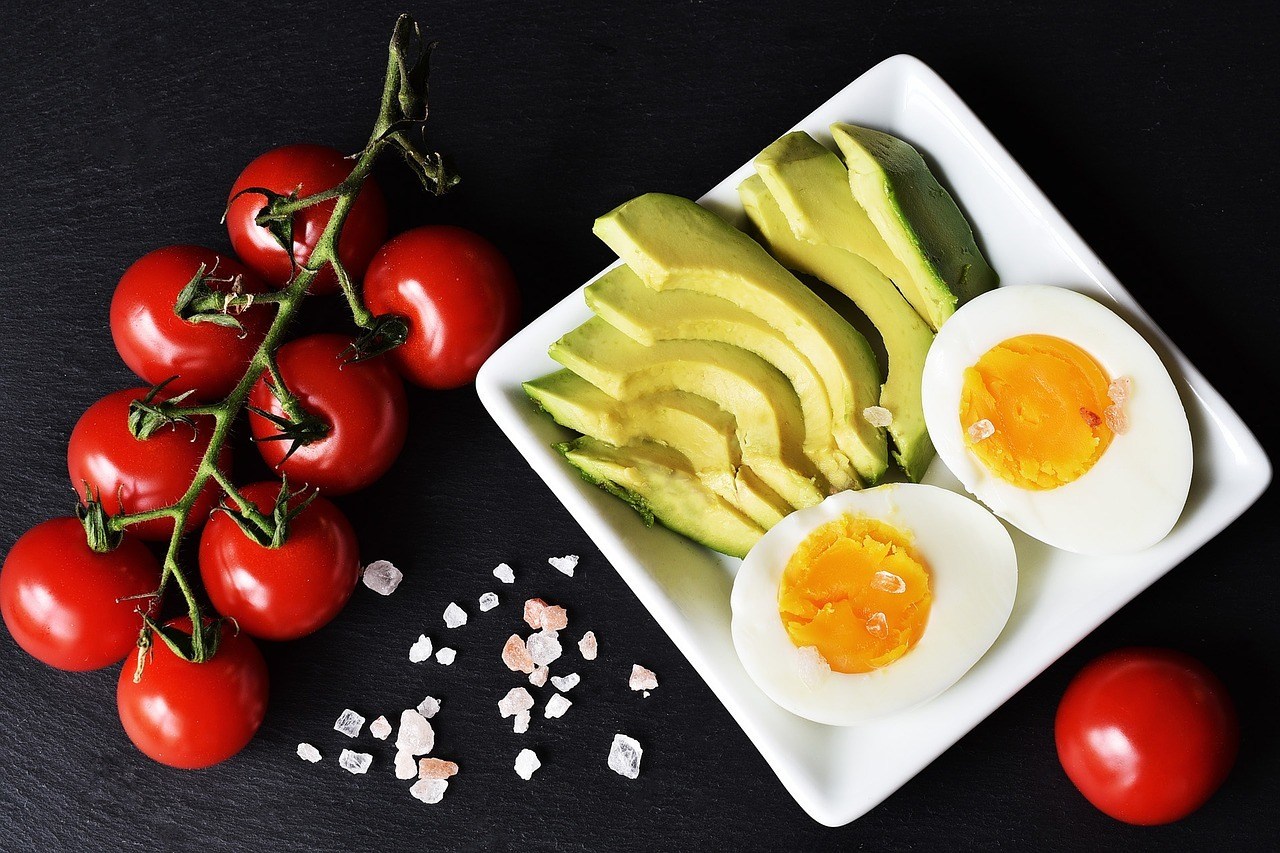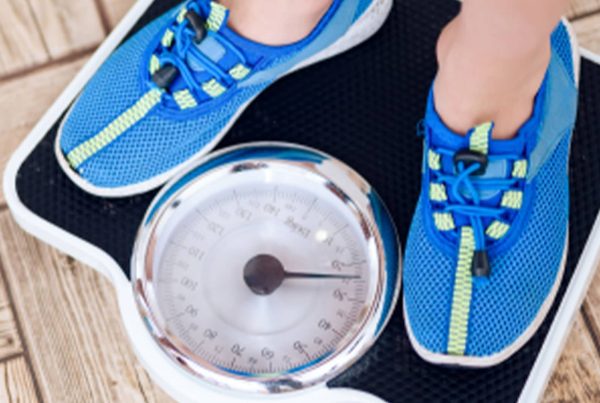Lose Fat, Gain Muscle
The vast majority of young athletes I work with are often striving for muscle gains or fat loss and often both at the same time. This is not an easy task given that one requires an anabolic (growth) process, and the other a catabolic (declining) process. The first law of thermodynamics states that energy can neither be created nor destroyed. In other words, for weight gain to occur there must be excess energy left over in our diet after sufficient energy is provided to fuel our metabolism, thermogenic effect of food (digestion) and physical activity. Similarly, energy cannot just be destroyed, therefore it must be burned by the body (and not replaced through our diet) if it is to be seen as weight loss. This is an oversimplified summary of an otherwise extremely complicated physiological process.
The science
Numerous other elements that are beyond the scope of this blog are involved in the process of weight management, however this concept is still at the foundation for all weight management. Both muscle and fat can be converted by the body into energy. The body will only do this if the supply of energy provided through the diet is inadequate. This is known as an energy deficit and is the goal for many a weight loss intervention. If the body is in an energy deficit then it looks to use up any available resources. Those resources can be in the form of glycogen (which is the body’s storage form of carbohydrate), adipose tissue (fat), or muscle (protein). When this process occurs fat is known to yield the most amount of energy with approximately 37kJ (9Cal) for every gram of fat burned. Alternatively, protein (which is the major component of muscle) yields only 17kJ (4Cal) per gram. This works the same when fat and protein is consumed in the diet. You are required to work harder and burn more kilojoules if there is a higher consumption of fat in your diet, due to the higher kilojoule content for every gram of fat.
The study

So the often asked question regarding the ability to simultaneously lose fat and gain muscle has recently been researched at McMaster University in Canada. This study was able to look at two groups of young males each provided with a diet that consisted of a 40% reduction in kilojoule intake based on their ideal kilojoule requirement to maintain weight. Each group was provided with 50% of their kilojoule intake from carbohydrates (therefore any outcome was not related to changes in carbohydrate intake). The main difference in the diet provided to the participants was the composition of fat and protein. The low-protein group consumed their kilojoules via approximately 15% protein (1.2g of protein/kg of body weight) and 35% fat, whilst the high protein group consumed approximately 35% of their kilojoules from protein (2.4g protein/kg of body weight) and 15% from fat. All the participants performed resistance exercise training in conjunction with high intensity interval training for six days per week. Body composition was assessed both pre-and post-intervention. This study has gone a long way to answering the frequently asked question regarding the possibility of losing fat and gaining muscle simultaneously. The results showed that both groups managed to lose weight and specifically fat loss. The lower protein group (at 1.2g of protein/kg of body weight) did not show any muscle wastage despite being in energy deficit, however did not show any muscle gains. The high-protein group (at 2.4g of protein/kg of body weight) was able to show gains in lean muscle tissue while simultaneously shedding body fat. The amount of training performed throughout this trial, in addition to the higher than recommended protein intake (usually 0.8g-1.0g of protein/kg of body weight) even for the lower protein group, might explain some of the reasons as to why no muscle wastage was observed despite such a significant kilojoule deficit of 40%. The 40% kilojoule deficit clearly resulted in the catabolic process of fat breakdown. Most likely there was significant muscle breakdown as well, however the higher intakes of protein replaced this muscle breakdown therefore resulting muscle tissue gains.
The results
The results of this study are encouraging for anyone looking to improve performance and/or appearance. Translating this evidence into practice requires an appropriate training programme and an analysis of your current energy and protein intake. An accredited practising dietitian (APD) can assist you in determining your current protein intake. Importantly an APD can also provide you with diet strategies to achieve the required 2.4g of protein per kilogram of body weight, as indicated in the high-protein group in the study. No doubt for some this research will only be reinforcing their belief regarding the ability to gain muscle and shed fat simultaneously. This research does however shed light on the previously shady area regarding the specific dietary and training requirements to achieve this outcome.








